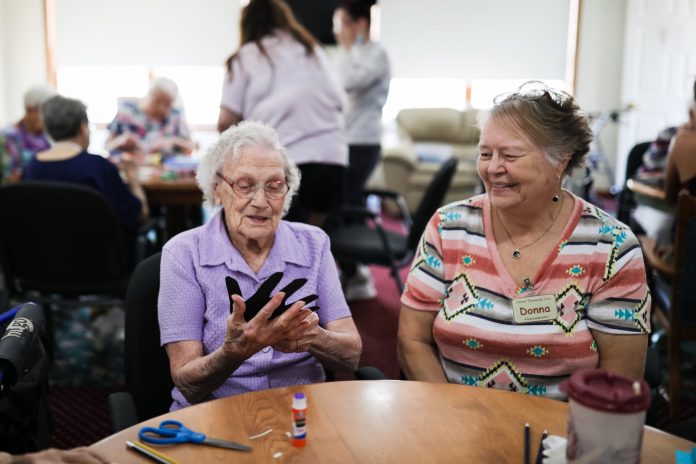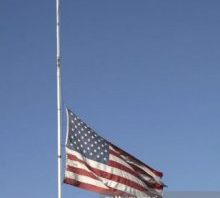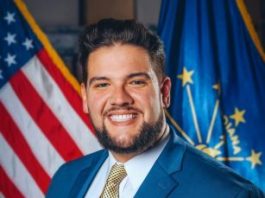
Humans are creative by nature. Our innate desire to create comes from a place of curiosity, playfulness, and the desire to learn more. This is why learning, regardless of age, physical, or cognitive abilities, has no expiration date. Lifelong learning can be enriching and rewarding, especially as we enter our later years.
However, many arts and culture organizations are not built to provide creative learning opportunities for the growing numbers of older adults and their care partners in both rural and urban communities. As of 2010, people over 65 are 16% of the US population (54 million people). By 2040, 21% of the US population will be people over 65. As the population of older adults grows, so does the need for dynamic and tailored programming.
Here’s the good news! Many arts and culture organizations do offer arts programming for youth and it only takes a few simple steps to expand those programs to include older people. Adapting existing youth programs for aging adults has multiple benefits, from healing generational rifts fostered by structural ageism to adding cultural and generational context for both age groups. Alternatively, organizations can design stand-alone programming for older adults that fosters social connections, skill-building, and general well-being that is tailored to the needs, interests, and abilities of aging adults.
by Anne Basting, Arts Midwest Ideas Hub



